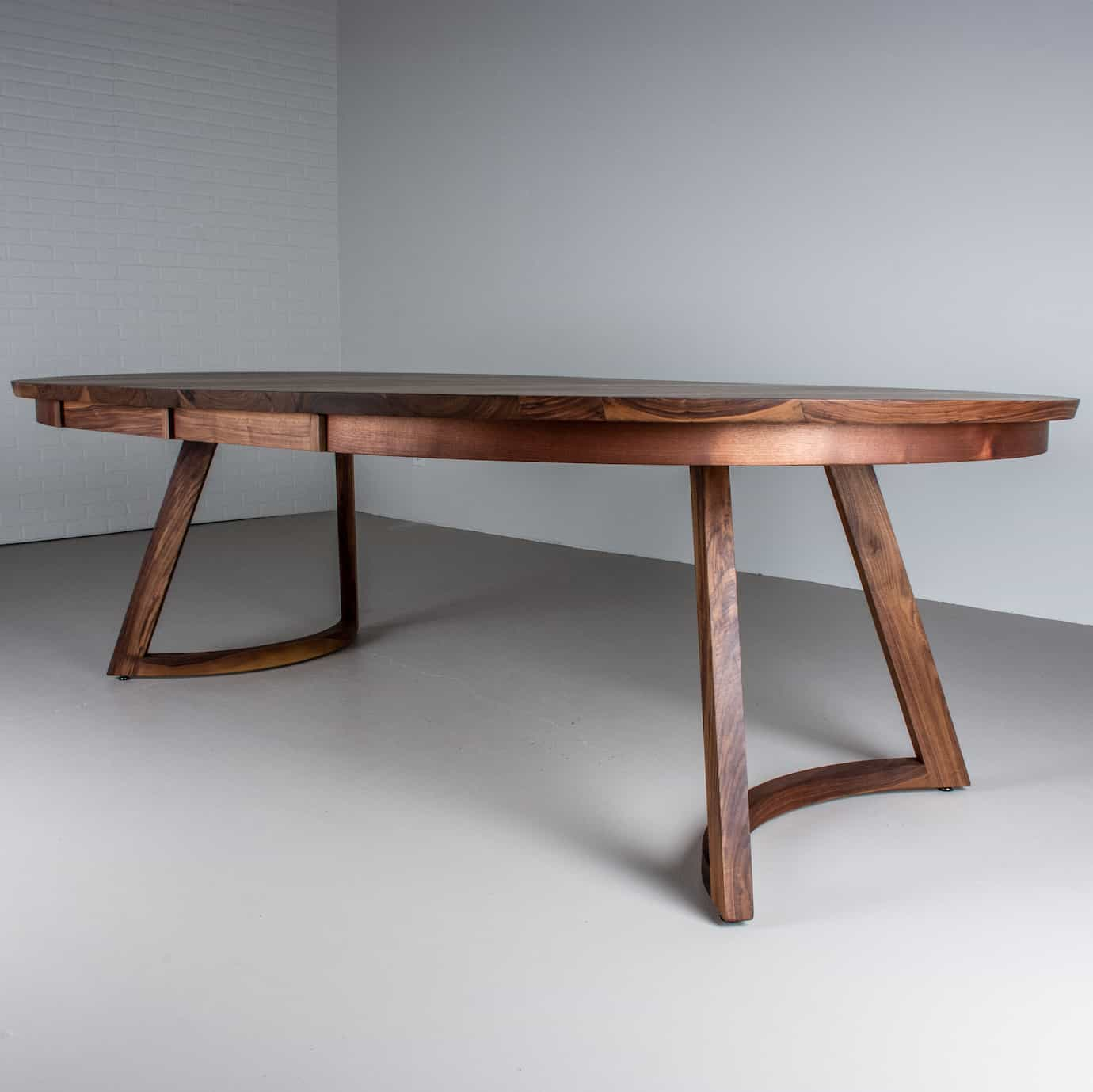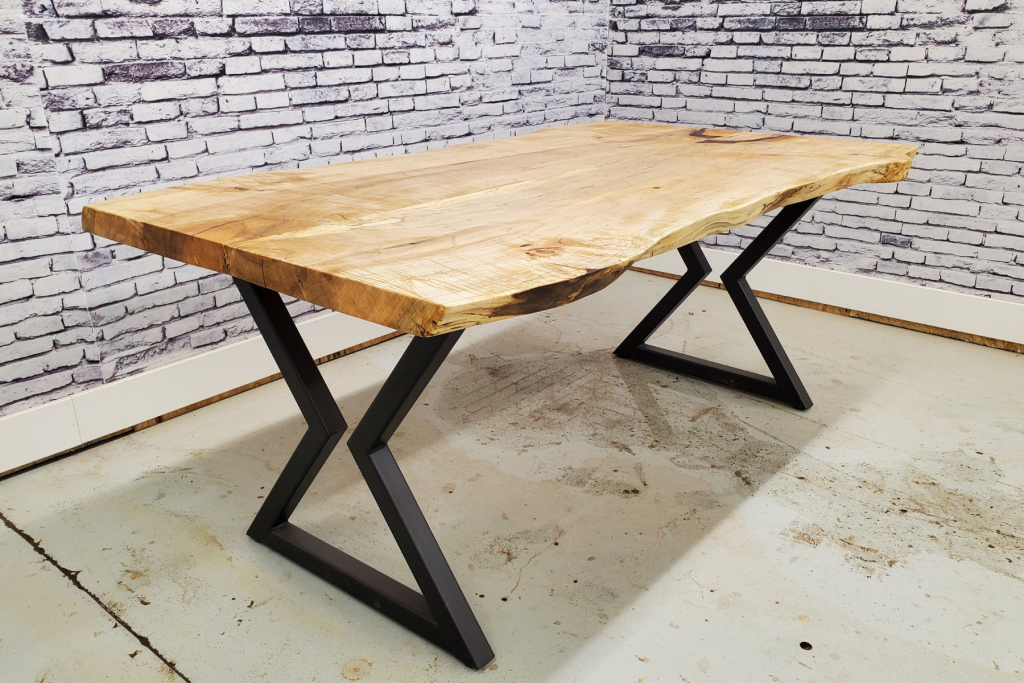Explore Artisan-Made Dining Table Legs Wood for a Personalized Finish
Explore Artisan-Made Dining Table Legs Wood for a Personalized Finish
Blog Article
Checking Out the Different Sorts Of Table Legs Timber for Your Dining Area
The selection of table legs timber can exceptionally influence both the aesthetic and practical qualities of your eating room. Solid wood options, such as oak and walnut, offer a classic look with unequaled toughness, while engineered wood options provide cutting-edge designs that imitate the splendor of all-natural grains. Additionally, the growing pattern of redeemed timber presents a sustainable component that charms to environmentally aware consumers. As we check out these various alternatives, it comes to be necessary to take into consideration not just the visual allure but also the useful implications of each product choice. What aspects should guide your decision?
Solid Timber Options

Moreover, strong timber is renowned for its strength and durability. Unlike crafted products, solid wood is less susceptible to warping and damages with time when properly preserved. This makes it an excellent option for families or those who frequently hold celebrations. Each piece of strong timber is special, showcasing specific features that include in the appeal and personality of the table.
Additionally, solid wood can be finished in various ways, varying from all-natural oils to discolored surfaces, permitting home owners to customize their furniture to match their decoration. In recap, choosing strong timber for dining table legs not just makes sure structural stability but likewise boosts the visual appeal of the eating location, making it a rewarding financial investment for any kind of home.
Engineered Wood Alternatives

Plywood, constructed from numerous layers of timber veneer, is especially solid and secure, making it a superb choice for dining table legs. Its split structure permits it to hold up against changes in moisture and temperature level much better than standard strong timber. MDF, on the other hand, provides a smooth surface for paint or veneering, enabling designers to achieve a polished appearance while maintaining architectural honesty.
When picking crafted wood choices, it is crucial to think about the designated use and desired visual. These products not just improve the performance of eating spaces yet likewise enable for greater design flexibility, making sure that typical and modern designs can exist together sympathetically.
Reclaimed Wood Features
Reclaimed wood uses a distinct blend of sustainability and personality, making it a significantly preferred selection for dining table legs. Sourced from old barns, factories, and other structures, redeemed timber symbolizes a background that new products simply can not replicate. Each item brings its own tale, noted by unique imperfections, knots, and varying grain patterns, which add to a table's special aesthetic appeal.
Along with its aesthetic appeal, reclaimed timber is an eco friendly option. By repurposing formerly utilized materials, it lowers the demand for new lumber, hence assisting to conserve woodlands and reduce my site waste. This straightens with an expanding consumer choice for sustainable techniques in decor.
Moreover, recovered timber is usually a lot more sturdy than recently collected wood due to its age. The all-natural drying out process that reclaimed wood undertakes lead to a denser and more powerful product, making it less vulnerable to warping and splitting. This boosts the durability of eating tables, enabling them to withstand the rigors of day-to-day use.
Softwood vs. Wood
When selecting dining table legs, understanding the differences between softwood and hardwood is essential for achieving both visual and functional goals. They usually show a more rustic look, making them ideal for laid-back or country-style eating areas.
On the various other hand, hardwoods, sourced from deciduous trees like oak, maple, and cherry, are renowned for their thickness, stamina, and durability. The elaborate grain patterns and rich colors of woods provide a sophisticated and timeless allure, making them excellent for formal dining settings. While woods often tend to be extra costly and much heavier, their durability against deterioration commonly validates the investment.
Ultimately, the choice in between softwood and hardwood for dining table legs need to line up with your style vision, usage demands, and budget plan, making sure that your dining area mirrors your individual style while remaining practical over time.

Surfaces and Therapies
The aesthetic charm and durability of table legs can be dramatically boosted through numerous coatings and treatments. These procedures not just secure the timber from damages but also raise its look, allowing it to match diverse interior styles.
One typical treatment is staining, which penetrates the wood and improves its natural grain while adding color. Stains provide a rich, stylish appearance, allowing property owners to match their furnishings with existing decoration. On the other hand, clear finishes such as polyurethane or varnish produce a protective layer without altering the timber's initial hue, making sure sturdiness against deterioration.
Furthermore, all-natural oils, like tung or linseed oil, nurture the wood and supply a refined sheen, all while being green. These oils permit the surface to breathe, protecting against wetness accumulation and potential warping.
For those looking for a rustic beauty, distressed or weathered finishes can be put on create an aged appearance, adding character to the item. Inevitably, the option of coatings and therapies depends upon personal preference, desired aesthetic appeals, and the specific timber type, making it vital to consider navigate to this site these aspects when picking table legs for your space.
Final Thought
Strong timbers, engineered choices, and redeemed choices each deal distinctive advantages, catering to numerous preferences and requirements. Ultimately, the option of timber type must straighten with wanted style, durability, and environmental considerations, enhancing the general dining experience.
The option of eating table legs wood can exceptionally affect both you can find out more the useful and visual qualities of your dining space - Dining Table Legs Wood. Solid timber choices, such as oak and walnut, give a classic look with unmatched longevity, while crafted timber alternatives use ingenious designs that simulate the splendor of all-natural grains. Strong timber provides a classic top quality that can raise the total style of an eating room. Each item of strong timber is distinct, showcasing private features that include to the beauty and personality of the dining table
Additionally, redeemed wood is usually much more durable than newly collected timber due to its age.
Report this page